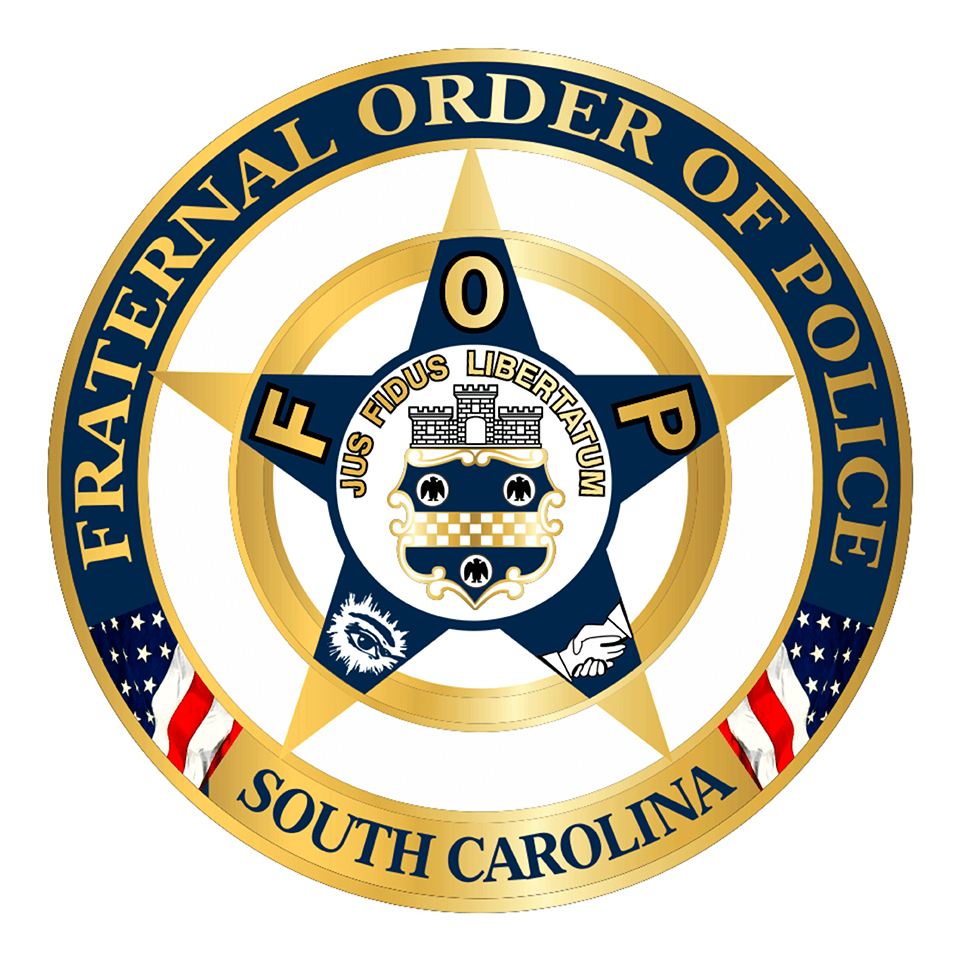On April 11, 1986, a confrontation between FBI agents and two violent bank robbers, William Matix and Michael Platt, escalated into one of the most significant and deadly shootouts in American law enforcement history. This event, known as the Miami FBI Shootout, resulted in the deaths of Special Agents Benjamin Grogan and Jerry Dove, and injuries to five other agents. The intense gun battle, which took place in the suburbs of Miami, Florida, highlighted critical issues in law enforcement tactics, training, and equipment, leading to widespread changes in FBI procedures and policies.
The shootout began as an attempt to apprehend Matix and Platt, who were suspects in a series of violent bank and armored car robberies. The FBI’s Miami office had been conducting surveillance on the pair, and on the morning of April 11, agents spotted the suspects’ vehicle and initiated a traffic stop. The confrontation quickly escalated into a firefight, with the suspects armed with a Ruger Mini-14 semi-automatic rifle, a shotgun, and various handguns, vastly outgunning the agents, who were primarily armed with .38 Special revolvers and 9mm semi-automatic pistols.
Despite being outgunned, the FBI agents fought valiantly. The firefight lasted approximately four minutes, during which time a total of 145 rounds were fired. Agents Grogan and Dove were killed in the line of duty, and several other agents sustained serious injuries. Matix was killed during the shootout, while Platt, despite being mortally wounded, continued to fight until he was finally incapacitated by the agents.
The Miami FBI Shootout exposed significant deficiencies in the FBI’s equipment and training. The agents’ handguns were largely ineffective against the suspects’ high-powered rifle, and many agents were unable to reload their revolvers quickly under the intense pressure of the firefight. The incident prompted an immediate and thorough review of FBI firearms policies and training programs.
In response to the shootout, the FBI made several key changes:
- Firearms Upgrade: The FBI transitioned from .38 Special revolvers to more powerful semi-automatic pistols, specifically the 10mm and later the .40 S&W caliber handguns. These new firearms provided agents with greater stopping power and higher magazine capacity, improving their ability to respond to armed confrontations effectively.
- Ammunition Selection: The agency conducted extensive testing to identify more effective ammunition. This led to the adoption of the FBI’s “10mm Lite” round, which eventually evolved into the popular .40 S&W cartridge. This ammunition offered a balance of power and manageability, addressing the limitations exposed during the shootout.
- Training Enhancements: The FBI implemented more rigorous firearms training programs, emphasizing marksmanship, tactical shooting, and stress inoculation. Agents received training in advanced shooting techniques, including firing from cover and engaging multiple targets under realistic conditions.
- Tactical Procedures: The shootout underscored the importance of tactical preparedness and coordination. The FBI developed new protocols for high-risk arrests and vehicle stops, ensuring that agents were better equipped to handle dangerous situations. The agency also emphasized the use of body armor and other protective gear during operations.
- Specialized Units: The aftermath of the Miami FBI Shootout contributed to the establishment and expansion of specialized tactical units within the FBI, such as the Hostage Rescue Team (HRT) and regional SWAT teams. These units were trained to handle high-risk situations, including armed confrontations and hostage rescues, with advanced tactics and equipment.
The lessons learned from the Miami FBI Shootout had a profound impact on law enforcement agencies across the United States. The incident served as a catalyst for widespread changes in law enforcement training, equipment, and tactics, ultimately enhancing the safety and effectiveness of officers nationwide.
The bravery and sacrifice of Agents Grogan and Dove, along with the resilience and determination of their fellow agents, are remembered and honored as pivotal moments in the history of the FBI and American law enforcement. Their legacy continues to shape the policies and practices that protect and serve communities across the nation.
